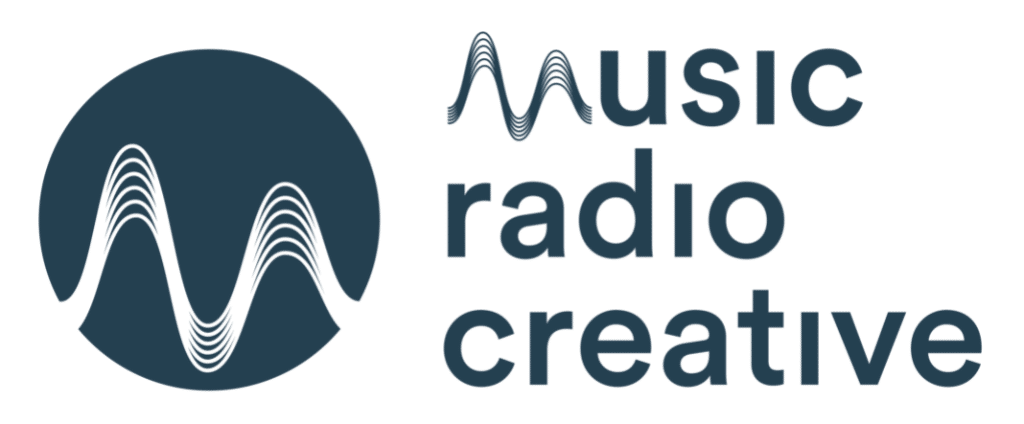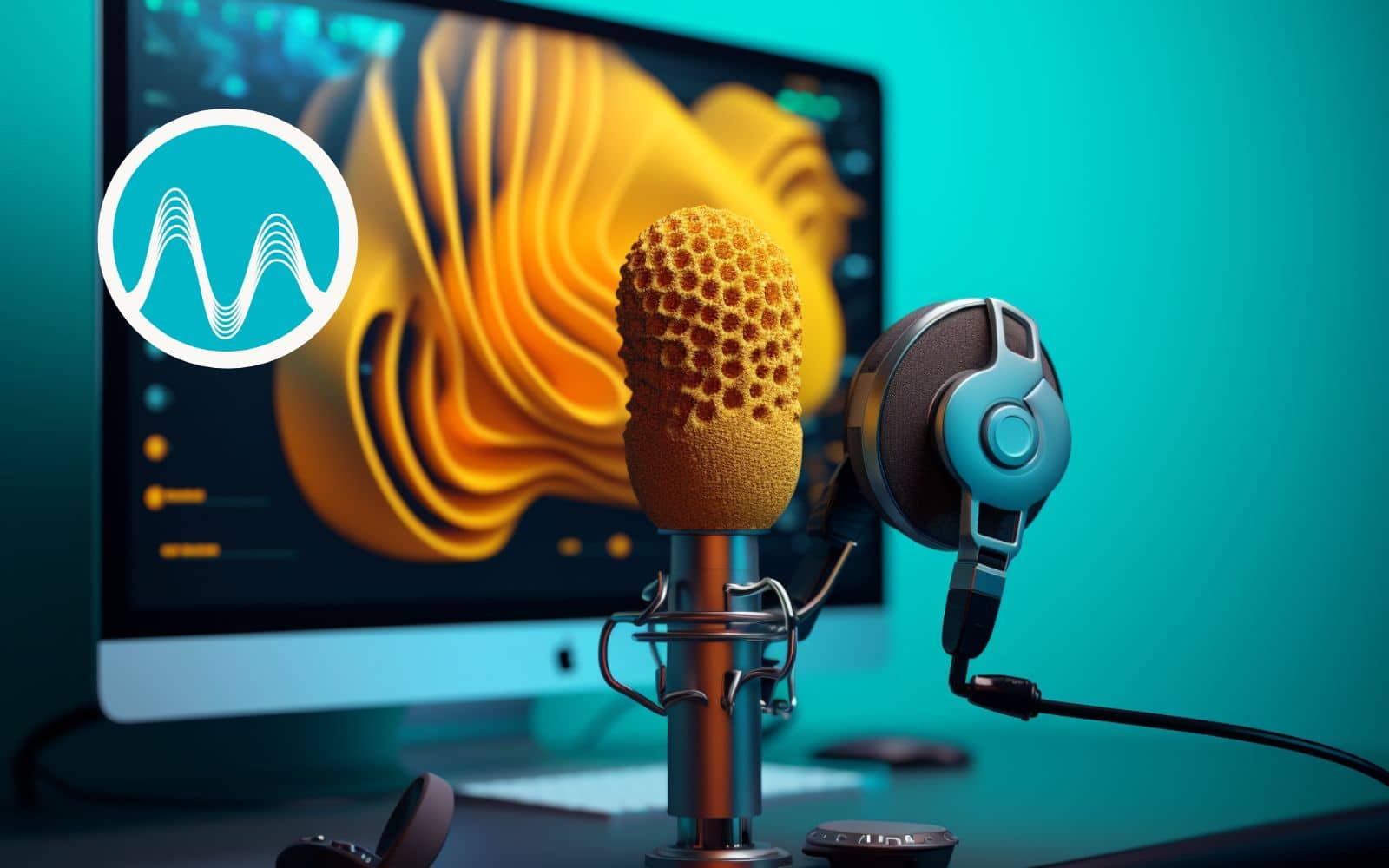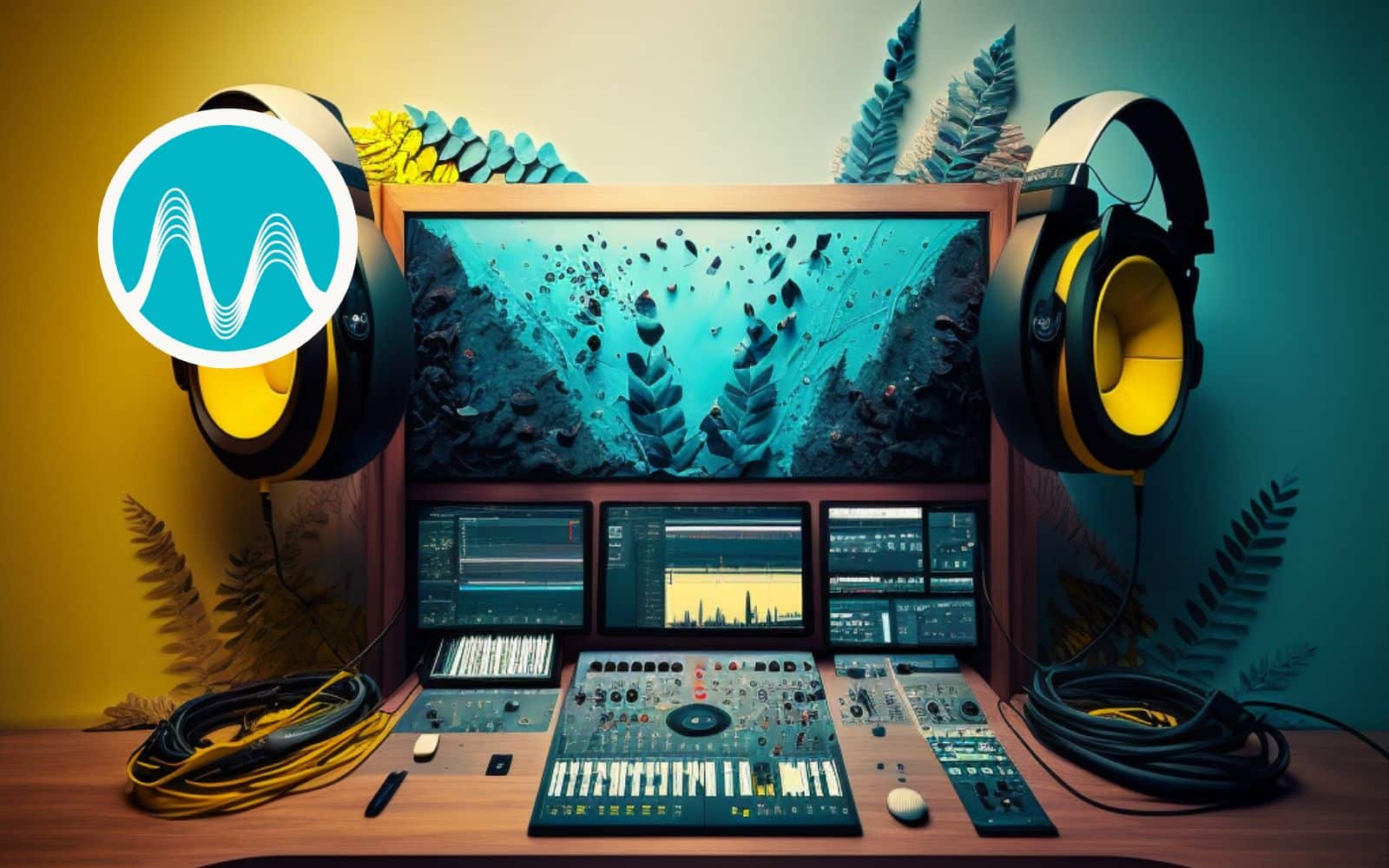There are now more than five million podcasts available worldwide (Source: EarthWeb), and that figure is growing all the time. According to US tech news website The Verge, the industry will be worth $4bn by 2024. The pandemic saw more of us spending more time online and the number of podcasts has risen year on year for nearly a decade, while growing access to smartphones and data plans in recent years has made consumption of this content much easier than previously.
Meanwhile, Edison Research says that the face of the podcast listener has changed since 2006 to become younger, more female and more ethnically diverse. (Equally, the share of Americans who have even listened to a podcast has climbed by 463% since the same year.)
The Importance of Podcast Production
Excellent podcasts tend to sound effortless, but they’re actually the result of a lot of hard work. (Although this doesn’t need to be especially difficult or complicated.) So well thought out podcast production should be a priority – it’s the equivalent of laying the foundations for a building.
Essentially, production is the process through which intros, outros, music, voiceovers and other elements come together, giving each episode the same flow and structure.
Having the right production processes in place allows you to plan every aspect of your broadcast, from sourcing content to booking guests and distribution. With great production, you’ll get off on the right foot and be better placed to build on your successes. Discover the benefits of podcast editing from episode one.
So don’t stint on this stage if you want anyone to take your content seriously or want to create an optimal listening experience.
Podcast Host vs Podcast Producer
A podcast host is responsible for the content, presentation, and delivery of the podcast episodes. They engage with guests, lead conversations, and represent the podcast’s voice and personality.
A podcast producer handles the technical and logistical aspects of podcast production. They ensure optimal sound quality, edit and mix the audio, manage equipment and software, publish episodes, and analyze podcast metrics.
In summary, the host focuses on the content and presentation, while the producer handles the technical and operational aspects of podcast production.
Setting Up Your Podcast
Our podcasting for beginners guide helps you plan out your podcast but ultimately good podcast production is all about:
- Defining Your Target Audience
It is simply not possible to broadcast to or please everyone, so understand your target audience, and speak to them alone. How can you add value to their lives?
- Knowing From the Outset the Format Your Show Will Take
There are more options than you may have realised, including interviews, a monologue of solo thoughts, co-hosting or storytelling, or perhaps a combination of two or more of these elements. If you’re inviting guests, who will you ask to take part?
- Decide How Long Each Podcast Episode Will Last – And Frequency
There are no firm rules here, but new listeners are more likely to tune in to episodes that stay relatively short, for example half an hour or even less. (It helps to fit in with a typical commute time) It’s also important that you remain consistent once you have agreed your episode length, so that listeners know what to expect.
Equally, decide whether to broadcast monthly, weekly or even daily. If the latter, for example if it’s very newsy, try to stick to 10 minutes or less.
- Plan Ahead
Plan the first 10 podcasts in advance so you know what they will include. A basic bullet list is fine. You can create a full script if you wish, but you want to sound natural and conversational, and not as if you are reading.
Especially early on, the more specific you can be with your titles the better – this will also help potential listeners to find you more easily. Listen to broadcasts covering the same area of interest and think critically about your response to them, good or bad.
- What’s in a Podcast Name?
This is another important aspect of podcast production. Keep your podcast name long enough to encapsulate what it’s about, but short enough to be memorable. It also, obviously, has to be original, and in keeping with any existing branding if episodes are part of your marketing strategy. Don’t try and make it too clever or complicated.
Podcasting Equipment and Software
When starting a podcast, it’s important to have reliable and good-quality equipment that fits your budget. Here’s a list of essential podcasting equipment to get started:
- Microphone
A good microphone is crucial for clear and professional-sounding audio. USB microphones are often recommended for beginners due to their ease of use. Some popular options include the Blue Yeti, Elgato, Rode, AKG. These microphones offer decent sound quality and can connect directly to your computer via USB. We have a video with some samples for you to check out below:
- Pop Filter
A pop filter is a screen that you place in front of your microphone to reduce plosive sounds (such as “p” and “b” sounds) that can cause distortion. It helps to produce cleaner and more pleasant audio. There are standalone pop filters or microphones that come with built-in pop filters. Depending on which microphone you choose you may also need to look for a pop filter (they cost a few $ and make a huge difference, don’t skip that!)
- Headphones
A pair of closed-back headphones is essential for monitoring your audio while recording and editing. They help you catch any background noise, distortion, or other issues. Look for comfortable headphones that provide good sound quality and isolate external noise. Our all time favourites are Beyerdynamic Pro X. Below a video that tells you more:
- Mic Stand or Boom Arm
To position your microphone conveniently, you’ll need a stand or boom arm. A basic desktop tripod stand is a cost-effective option, or you can invest in a boom arm that clamps onto your desk and allows for adjustable positioning. It may not sound like something important BUT makes a big difference in the final quality. Having a steady way to fix your mic avoids issues such as vibration, knocks etc – which reduce the overall quality of your production.
- Acoustic Treatment (Optional)
Improving the acoustics of your recording space can significantly enhance the sound quality of your podcast. Consider adding foam panels or acoustic blankets to minimize echo and reverberation. You can also use pillows, blankets, or rugs to reduce reflections in the room. To get started – find a quiet recording space. The smaller the better and you definitely don’t want big windows too!
- Audio Interface (Optional)
If you’re using an XLR microphone (which requires an audio interface), consider options like the Focusrite Scarlett series. An audio interface converts the analog signal from the microphone into a digital signal that your computer can process.
Remember, while it’s important to have good-quality equipment, you don’t need to invest heavily in the beginning. Start with a reliable microphone and gradually upgrade your setup as your podcast grows.
Additionally, consider the environment you’re recording in. Find a quiet space with minimal background noise and try to minimize ambient sounds during recording.
Overall, the best podcasting equipment depends on your specific needs, budget, and recording setup. Research and read reviews to find the equipment that suits your requirements and provides the best value for your investment.
How To Record Your Podcast
When it comes to setting up recording software for your podcast, there are a few options to consider:
- Audacity
Audacity is a popular and free audio recording and editing software available for Windows, macOS, and Linux. It provides a user-friendly interface with basic editing tools, such as trimming, splitting, and adjusting audio levels. Audacity allows you to record your podcast episodes directly and export them in various audio formats. We have a number of Audacity tutorials available here that will enable you to get started. The very first step may be to watch the below video:
- Zencastr
Zencastr is an online podcasting platform that simplifies remote recording with guests. It enables high-quality audio recordings with separate tracks for each participant. As the host, you can send a recording link to your guests, and Zencastr automatically captures their audio locally. After the recording, the tracks can be downloaded and edited individually for better sound quality.
- SquadCast
Similar to Zencastr, SquadCast is a web-based platform designed for remote podcast interviews. It provides studio-quality audio recordings by capturing individual audio tracks from each participant. It offers real-time communication and easy-to-use features for hosts and guests to join the session and conduct interviews.
- Anchor (Spotify For Podcasters)
Anchor is an all-in-one podcasting platform that not only allows you to record and edit your podcast episodes but also provides hosting and distribution services. It is available as a web-based platform or as a mobile app. Anchor simplifies the recording process and offers basic editing tools. It also enables you to distribute your podcast to major podcast platforms, making it a convenient choice for beginners.
These software options cater to different needs and preferences. Audacity is a versatile choice for local recording and editing, while Zencastr and SquadCast are suitable for remote interviews with multiple participants. Anchor offers an integrated solution for recording, editing, hosting, and distribution. It’s worth exploring these options and deciding which one aligns best with your recording setup and requirements. Each software has its own learning curve, but they generally provide tutorials and documentation to help you get started.
Podcast Post Editing
Podcast post-editing is the process of refining and enhancing your recorded audio to improve its overall quality and create a polished final product. It involves tasks such as removing mistakes, reducing background noise, adjusting volume levels, adding music or sound effects, and ensuring a smooth and engaging listening experience. Post-editing is important because it can significantly enhance the professional sound of your podcast and make it more enjoyable for your audience.
Why Post Editing Matters?
- Sound Quality: Post-editing allows you to clean up audio recordings, removing background noise, echo, or any other audio imperfections. This helps ensure that your podcast sounds professional and clear to your listeners.
- Content Flow: Editing allows you to refine the flow of your podcast episodes. You can remove long pauses, stumbles, or repetitive content to maintain a smooth and engaging conversation. This helps in keeping your audience captivated and focused on the main content.
- Time Efficiency: Post-editing allows you to condense your podcast episodes by removing unnecessary or tangential parts. This helps to deliver the most valuable and concise content to your audience, making your episodes more time-efficient.
- Branding and Style: Post-editing provides an opportunity to add your podcast’s branding elements, such as intro/outro music or sound effects. It helps in creating a consistent and recognizable style that represents your podcast and enhances its overall identity.
Getting Started With Podcast Editing
- Choose Editing Software: Select a digital audio editing software that suits your needs and budget. Popular options include Audacity (free), Adobe Audition, Reaper, or GarageBand (for macOS users). These software tools offer features for editing, adjusting levels, adding effects, and exporting your final audio files.
- Import and Organize Your Recordings: Import your recorded audio files into your chosen editing software. Organize them in the correct sequence, ensuring that you have all the necessary tracks and segments ready for editing.
- Editing Process: Begin the editing process by listening to your recordings and identifying sections that need improvement. Trim any unwanted parts, remove mistakes, and reduce background noise using noise reduction tools or filters. Smooth out any abrupt transitions or awkward pauses to create a more coherent and seamless episode.
- Enhancements: Consider adding royalty free music or sound effects to enhance your podcast. You can include an intro and outro music, transitions, or sound effects to emphasize certain moments. Be mindful of the volume levels to ensure a balanced mix. (Let us know if you need any help with this point – this is our speciality!)
- Mixing and Leveling: Adjust the volume levels of different tracks to achieve a balanced sound. Make sure your voice is clear and easily understandable without being too soft or too loud. Also, ensure that any added music or effects are properly mixed with the voice tracks.
- Exporting and Saving: Once you are satisfied with the edited episode, export it as an MP3 or another suitable audio format. Save the final file in a location where you can easily access it for publishing or further distribution.
Remember, post-editing is a skill that improves with practice. Experiment with different techniques, listen to other podcasts for inspiration, and continuously refine your editing process to deliver high-quality episodes.
It can also be helpful to watch video tutorials or join online communities and forums where podcasters share tips and advice on post-editing techniques specific to your chosen software.
Outsourcing Podcast Production
If you’re short on time or simply don’t want to learn how to produce a podcast, consider using a professional production company employing producers who know what they’re doing. (Not an amateur podcaster who won’t have the same background.) Each company has different strengths, so prioritise what’s important to you and do your homework.
In particular, if your podcast faces particular challenges in terms of equipment, conditions or anything else, call in the professionals and use their technical expertise.
Music Radio Creative – Professional Production Services
At Music Radio Creative, we have a dedicated team of audio professionals ready to serve your podcasting needs. When you choose us, we’ll assign a dedicated producer who will deeply understand your podcast and take care of the entire production process, starting from your raw material. You can count on us to deliver an original, high-quality end result.
Our services are tailored precisely to meet your specific requirements. We offer everything from basic editing to full production and sound design. Need fully produced intros, royalty-free music, ads, or outros? We’ve got you covered with a wide range of options.
Our standard podcast editing package includes the following:
- Adding EQ and light compression
- Incorporating branding elements (intro, outro, transitions, ads, etc.)
- Reducing breaths and microphone pops
- Noise removal (where possible)
- Fixing post-editing blips and mistakes
We provide top-quality audio production for podcasts ranging from 15 to 60 minutes, all at reasonable rates. Additionally, we offer video production services. No long-term commitment is required; simply book the services you need, whether it’s a one-off broadcast or a full series. We offer various pricing packages, with costs based primarily on the size of the file involved.
You won’t have to wait long to receive your completed project. Our turnaround time is swift, typically three working days to produce a single episode. Get in touch and let’s start the conversation!




